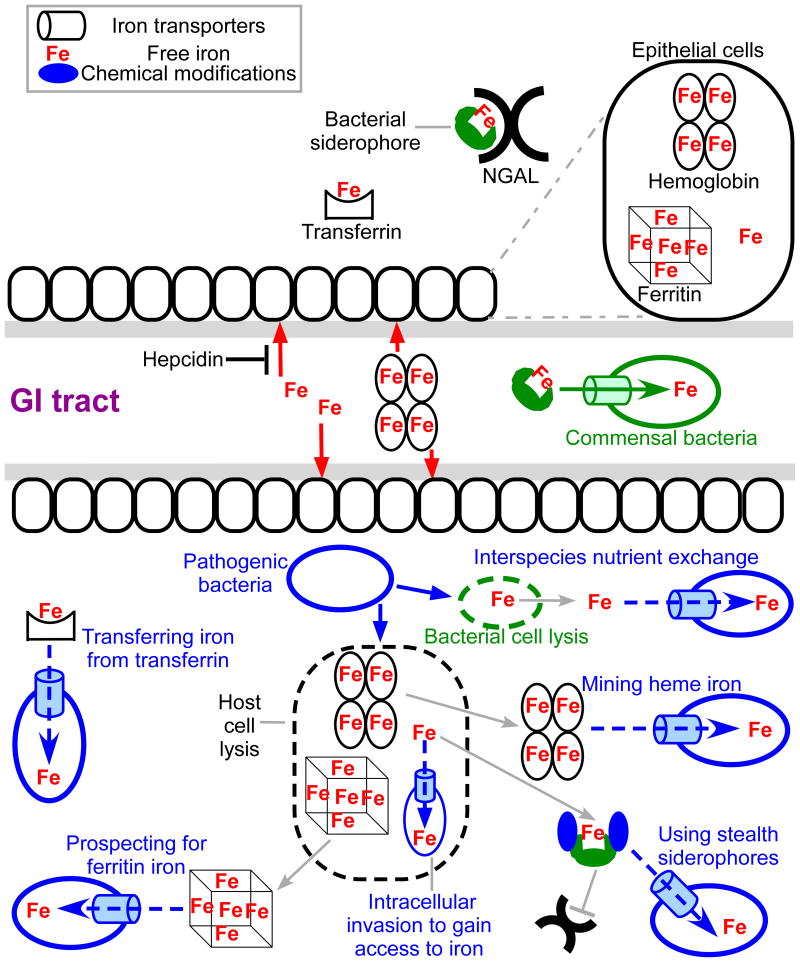Figure 1. Bacterial iron uptake in the host.
Under normal conditions, commensal bacteria of the GI tract use siderophore-based iron uptake systems to obtain iron. Upon infection, the host uses nutritional immunity to restrict bacterial access to essential nutrients including iron (top panel). Host iron limitation includes hepcidin- mediated reduction of circulatory iron and/or the production of NGAL to prevent siderophores from chelating free iron. Additionally, iron is kept unavailable for bacteria by being bound to heme or proteins such as transferrin or ferritin. Bacterial pathogens employ diverse strategies to counter nutritional immunity (bottom panel), including the utilization of transferrin/lactoferrin, heme/heme-containing proteins, iron storage proteins such as ferritin, blocking the host from recognizing their siderophores, utilizing other species siderophores, and even invading into the cytoplasm of host cells.

